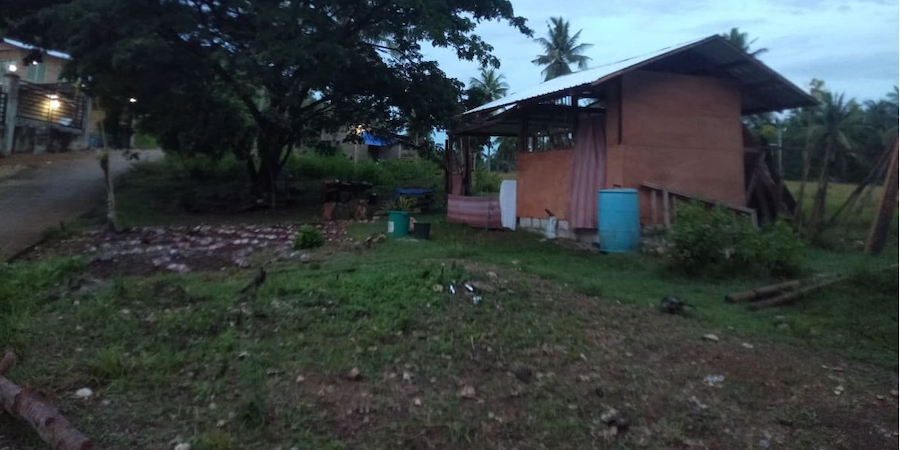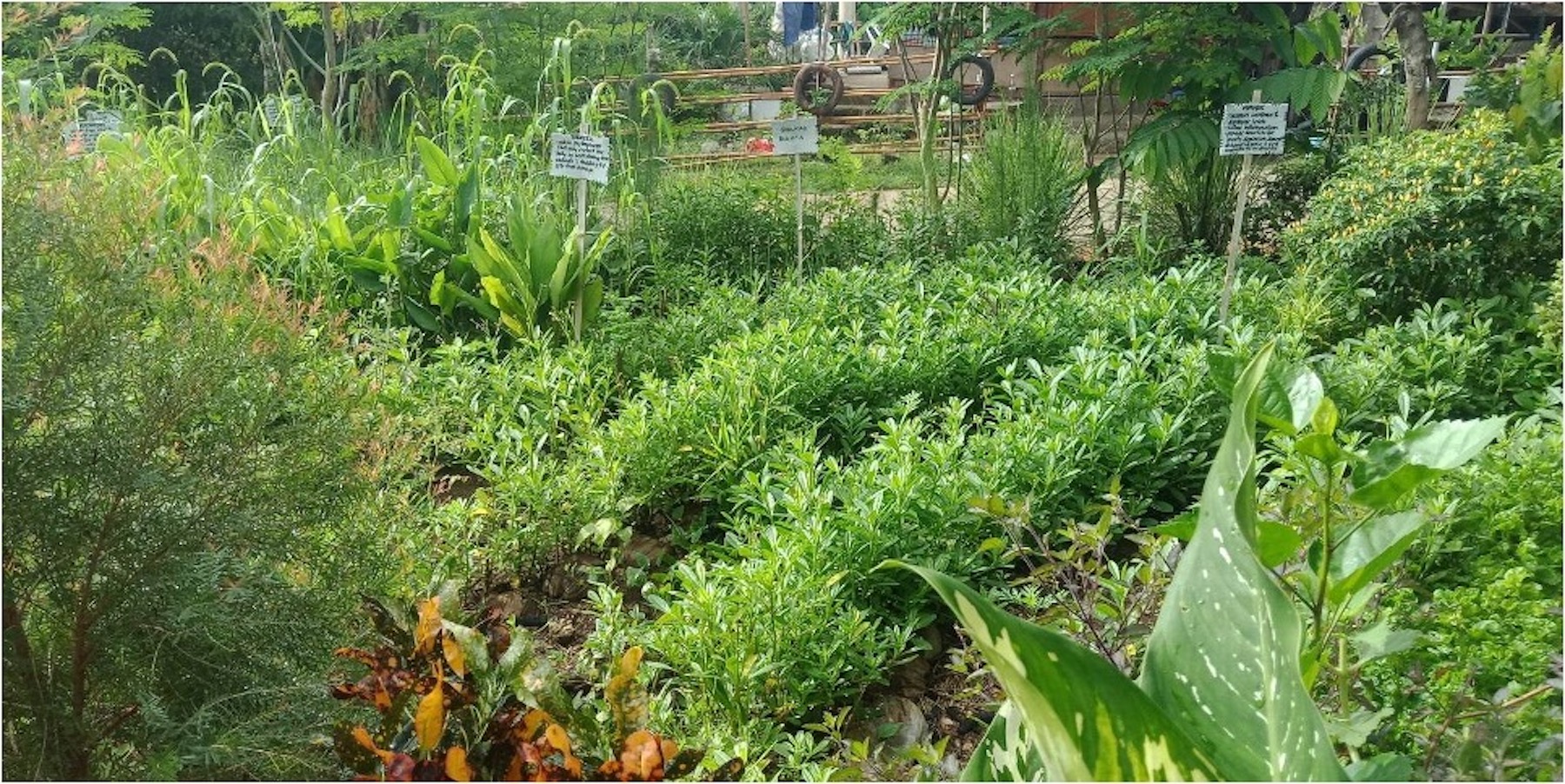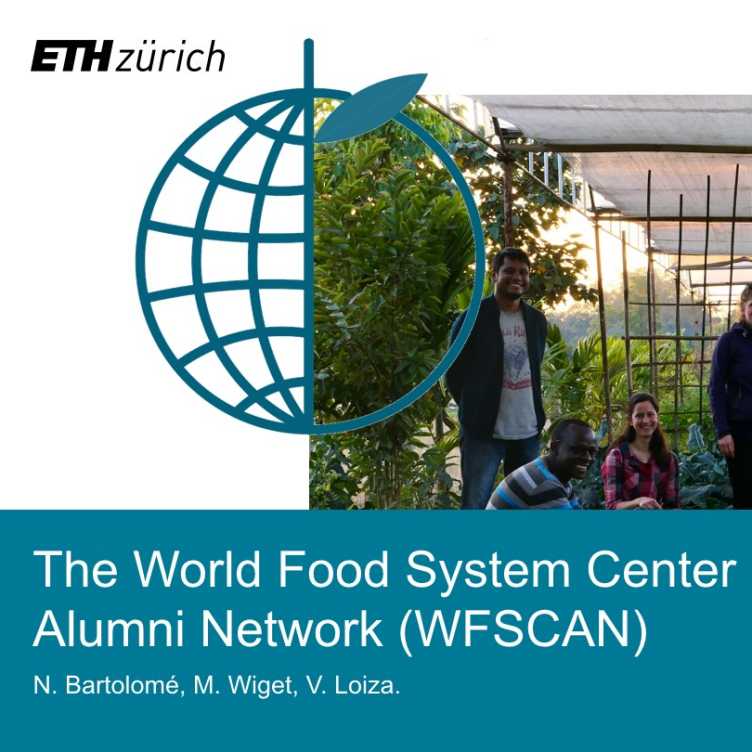Breathing new life into an ancient crop
Alumni Stories: Future Food Fellow Joan Oñate Narciso shares how her work on kabog millet with communities in Cebu, Philippines has left a lasting impression on her life.
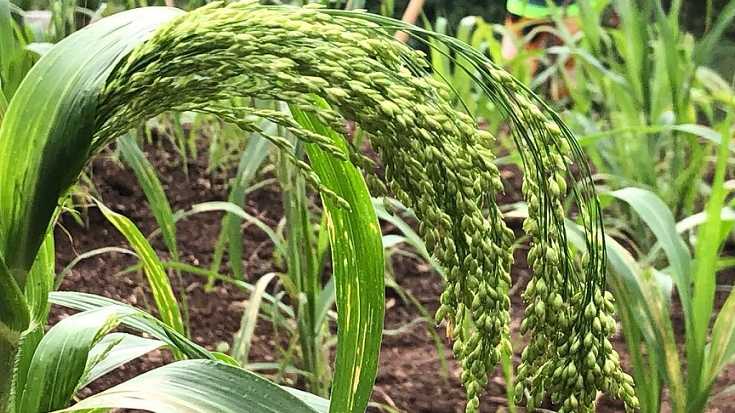
Discovering kabog millet
To say that I was aware of kabog millet before I started my Future Food Fellowship would be a lie. In fact, I got introduced to kabog millet only whilst writing my project proposal. I cannot remember exactly how I discovered this humble cereal crop from Cebu, Philippines with a rich and profound history that turned out to be my passion for 3 years, and it is still ongoing. Perhaps, it was one of the articles written about the origin of kabog millet – when a local farmer discovered the plant and its grains in a cave, and the bats (called “kabog” in Cebuano) were eating the grains. From a simple plot, it grew into a story.
As part of my fellowship, I was able to collaborate with amazing people in the Philippines: Teresa D. Ruelas from the Communities for Alternative Food Ecosystems Initiative (CAFEi), Krysthal Vasallo, Pedie Escanillan, Hal Atienza, Aurora Perez, and Mrs. Rosaflor “Butche” Estenzo, one of our kabog millet farmers and dedicated kabog millet food maker who plays an irreplaceable role in the kabog millet community. From the funding we received from an Enabling Grant from the the World Food System Center, we were able to provide shelf-life training to the kabog millet farmers. Another project we started was testing the capability of hermetic bags kindly provided by GrainPro Philippines to store dehulled kabog millet grains to prolong their shelf-life. Unfortunately, our results showed that after three months, the grains were no longer suitable for consumption because of the high microbial count. This led us to consider practical technologies that we could use to surface-sterilize the grains prior to storage in the hermetic bags.
A community garden grows
One of the happiest news communicated to me was the rise and growth of the Community Garden and Kitchen in Cebu, thanks in part to the Future Food Fellowship. The Community Garden and Kitchen is Mrs. Butche Estenzo's dream for the kabog millet community. The Community Garden is where she grows local organic fruits, vegetables, and grains, particularly, kabog millet.The Kitchen serves as a social gathering place to partake of the dishes she prepares from the Community Garden. If there is one farmer who is dedicated to her calling, Mrs. Butche Estenzo would be the epitome of that farmer. She pours out her whole heart and soul into her vocation and profession.
Humility, passion, and persistence
If there are lessons I learned in the past three years when the kabog millet was the center of my life, it would be humility, passion, persistence, people, prayer – perhaps almost all farmers and those who are tied to the land would have possessed these qualities in one way or another. Humility – to know that you are at the mercy of Mother Nature; Passion – to pursue your dream tirelessly; Persistence – to keep on trying despite the setbacks; People – to have confidence that you can rely on other people; and Prayer – to realise that you can only do so much and you have to let go of many things. Being a farmer is a thankless job, but you have to be all of these: humble, patient, passionate, persistent. Perhaps, the proudest moment I had was when my father said to me after I helped him toil our land, “Anak ka nga ng isang magsasaka” (You are indeed a child of a farmer).
As I finish reflecting on what the past years had been, I recalled one of the quotes by Booker T. Washington, the great educator and orator: “No race can prosper till it learns that there is as much dignity in tilling a field as in writing a poem.”
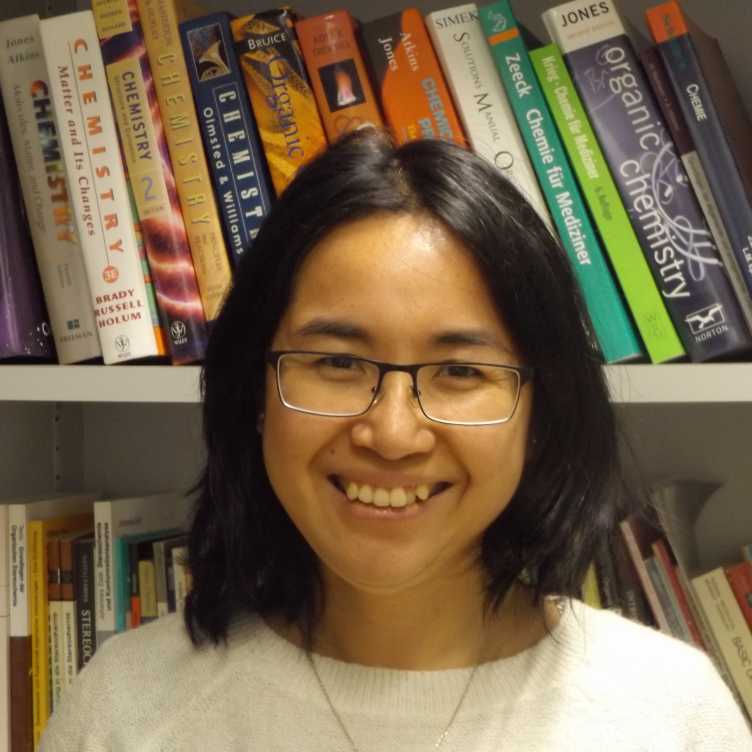
Joan Oñate Narciso is grateful to all the people whom she had the privilege to work with, and to the Future Food Fellowship and the World Food System Center ETH Zürich for the financial support, without which, dreams would remain dreams. Daghang salamat sa tanang mag-uuma sa Catmon, Cebu. Gisulat pa ang istorya ng kabog.
